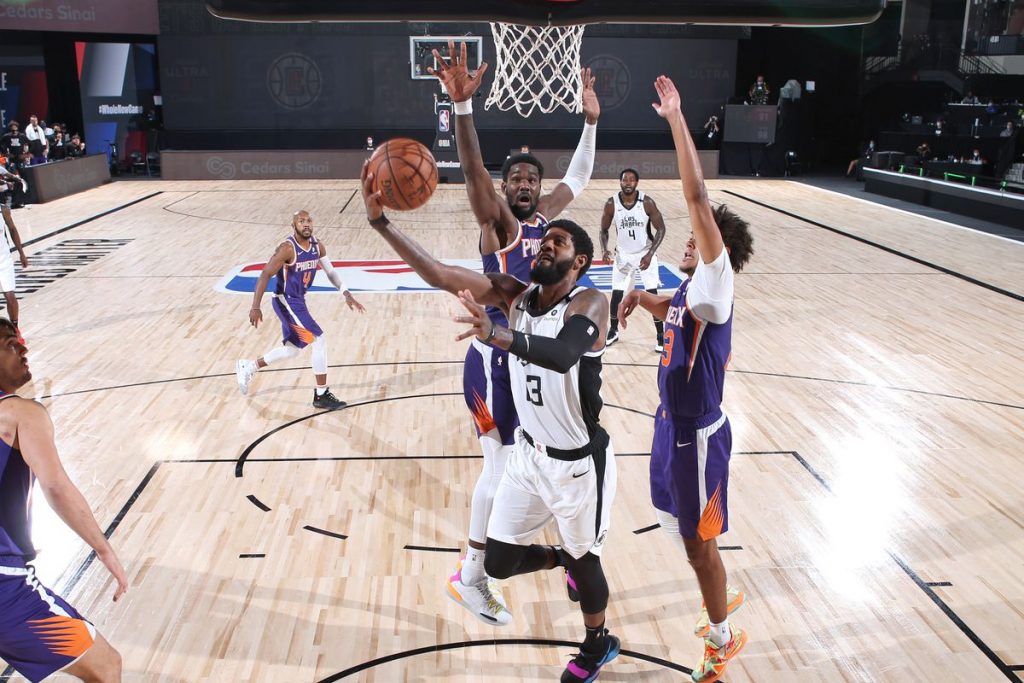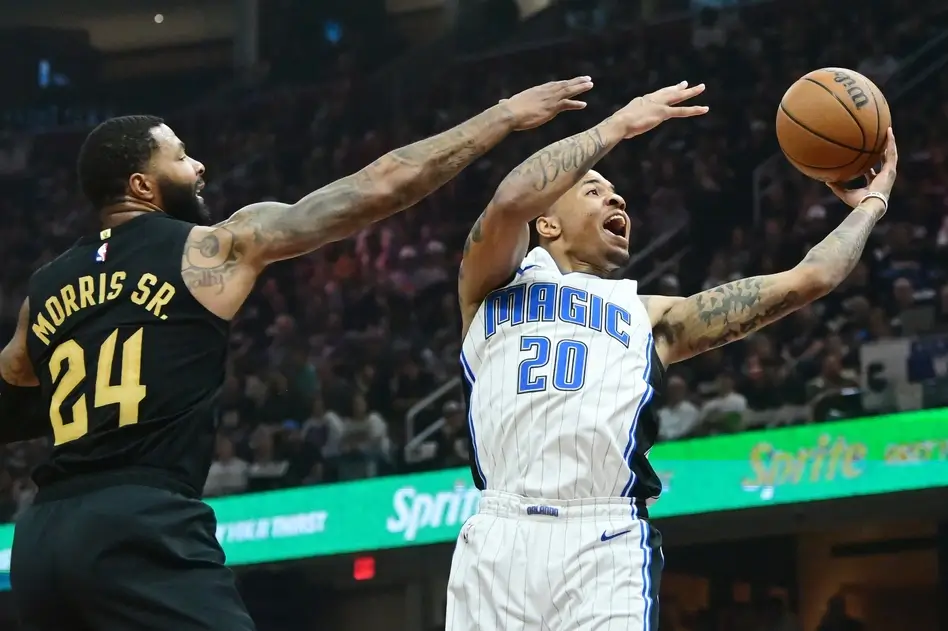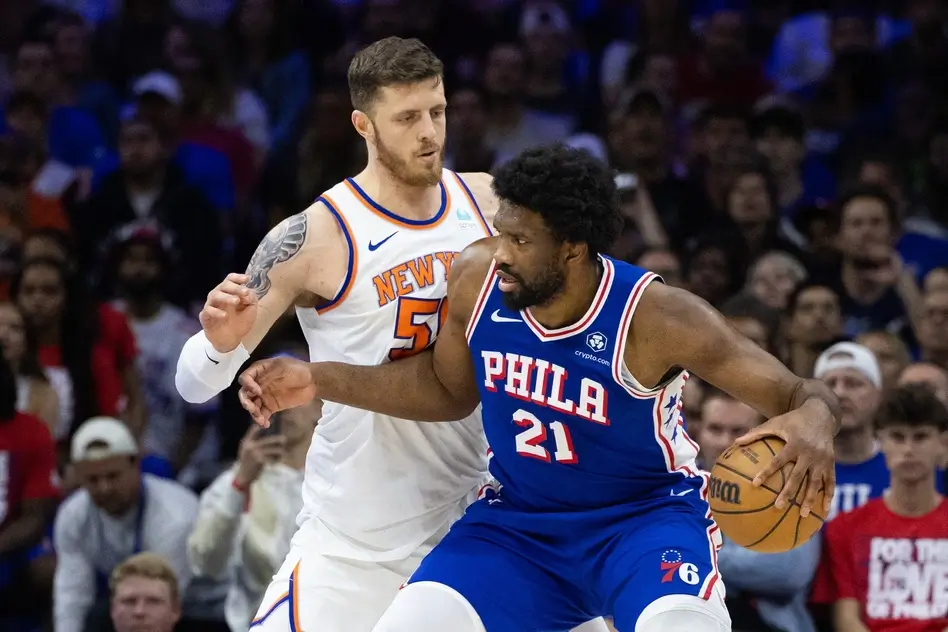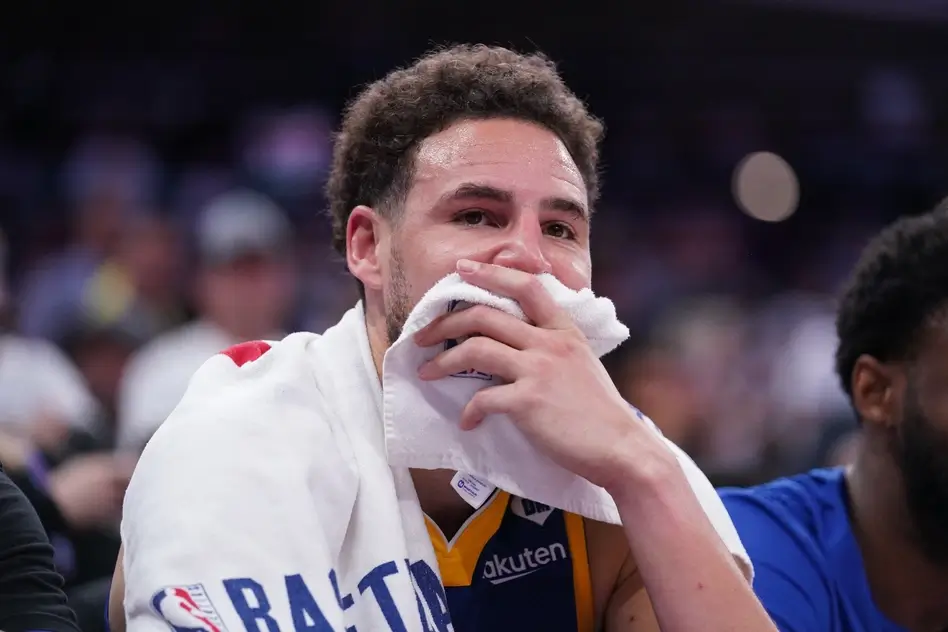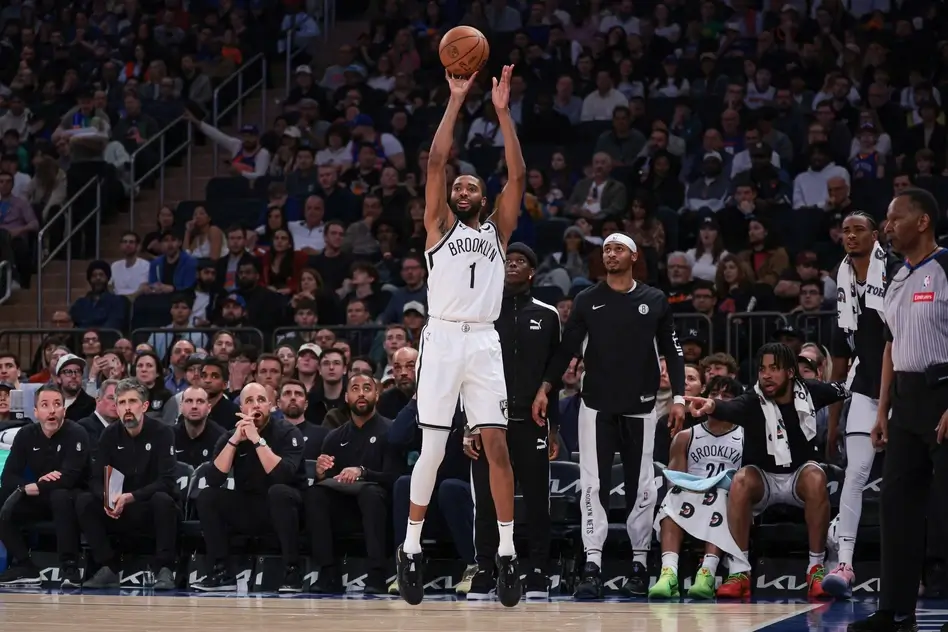To say it’s been a wild NBA season so far would be an understatement. After having just a little over two months to prepare, the first few games naturally didn’t go as planned for most teams, as the standings show.
The Raptors have lost six of their last seven. The Cleveland Cavaliers were somehow the league’s best team for a stretch of time. The New York Knicks are ahead of the Bucks and the Nets.
This is all just to say that the NBA is extremely confusing at this point in time.
And although seven to nine games are still hardly a decent sample size, we’ve at the very least seen teams set the foundation for the next 65 or so games to come in the National Basketball Association. The time for shaking off rust has passed, and teams now either have their sights on eking out enough wins to make the playoffs or tanking for the future.
Here’s a quick rundown of what we’ve noticed from the first two weeks of NBA basketball, and what the early stats tell us about what the future might hold.
Bucks swap defense for offense
To put it plainly, the Milwaukee Bucks traded defense for offense in the offseason.
Through eight games, the Milwaukee Bucks are leading the NBA in points per game (125.3), field goal makes and percentage per game (46.0, 50.5%), three-point makes and percentage per game (17.6, 43.7%), true shooting percentage (62.0%), effective field goal percentage (59.5%), offensive rating (120.8), and net rating (+13.2), per NBA Stats.
None of this should come as a surprise, either, and it’s clear they got what they wanted from their sneaky moves before the season. After two disappointing playoff exits where they fell to teams who built the vaunted Giannis wall—which forced Antetokounmpo to kick the ball out to players who, frankly, could not knock down their outside shots consistently—Bucks management knew it was time for an upgrade in shooting.
So they went and did just that, but at the expense of their historic defense for two straight seasons. The loss of defenders like George Hill, Wesley Matthews and Robin Lopez in exchange for scorers like D.J. Augustin and Bryn Forbes shows: through eight games, the Milwaukee Bucks went from holding the 8th spot in offensive rating last season to league-leading scoring, but went from the top dog in defensive rating to a meagre 13th spot in defensive rating.
Only time will tell if the trade-off was worth it, but the early returns have been leading to wins. It’s worth noting that they also went from the former #1 team in net rating at +9.5 last season, to the same spot with a +13.2 net rating, per Basketball-Reference. The Los Angeles Lakers take the second spot with +9.9.
Dallas gave up too much shooting
The Dallas Mavericks were quite the opposite. After building the best offense in league history around the generational talents of Luka Doncic and a unicorn like Kristaps Porzingis, they bowed out to the Los Angeles Clippers in six games in the Western Conference Playoffs.
Since then, they’ve made it clear that defensive versatility is the next step needed to reach championship contention status around the league. So they traded premier sharpshooter Seth Curry to the Philadelphia 76ers in exchange for two-way talent Josh Richardson and then secured the versatile defensive capabilities of forwards like James Johnson and Wes Iwundu.
Although leaving a bit more to be desired, their moves definitely panned out in that regard. From the 18th team in points allowed per 100 possessions (111.7 DRtg), the Dallas Mavericks now sport the eighth-best defense in the league, holding teams to 106.5 points per 100.
Seven games in, however, their once-historic offense that rivalled that of the 2015 Golden State Warriors is no more. They now have the 14th rated offense in the league, behind the Portland Trail Blazers and the Sacramento Kings and just one decimal point ahead of the Chicago Bulls. Their record stands at 3-4, and they’ve taken losses to the Chicago Bulls and the Charlotte Hornets.
Once an integral part of their offense, the hot shooting of Curry, a career 44% shooter from deep, may have been a significant loss. And though they drafted sharpshooter Tyrell Terry to fill that void, it just hasn’t been the same. For the season so far, they’re shooting 87-of-270 (32.2%) as a team from beyond the three-point line, the third-worst shooting team in the league from distance, and a far cry from their 36.7% a season ago as the league’s best 3PT shooting team.
Both the Bucks and Mavs made their beds. Now they have to lie in them.
Worrying start for the Blazers
Much like Dallas, the Portland Trail Blazers looked to shore up their defense in the offseason. They couldn’t have done a better job, landing one of the best perimeter stoppers in the league in Robert Covington and signing the lengthy and versatile capabilities of Derrick Jones Jr.
Seven games in, they are learning that it hasn’t been enough for a team playing Carmelo Anthony and Enes Kanter heavy minutes. In that span, they absorbed back-to-back losses from the Golden State Warrior and the Chicago Bulls. When the two were on the court together for 99 recorded minutes so far, they gave up 123.8 points per 100 possessions to the tune of a -17.6 net rating.
It’s not looking good, and the stats don’t leave much room for optimism either, as they betray a very middle-of-the-pack team despite being led by the dynamic duo of Damian Lillard and CJ McCollum. The improvement on the defensive end hasn’t translated in the numbers, moving them from the 28th spot (114.8 DRtg) to 25th (114.5) while leaving them at the 21st spot overall in net rating (-3.6).
Clippers still searching
Enter the Clippers. After losing Sixth Man of the Year Montrezl Harrell to their LA rivals, they went and acquired the services of rim-protecting big man Serge Ibaka, a more than capable shooter from deep and a noted close friend to fun guy Kawhi Leonard. They also essentially turned reliable veteran JaMychal Green into Nicolas Batum and exchanged Landry Shamet for Luke Kennard.
The lineup changes have certainly affected the team’s chemistry. They’re tenth in the league in net rating after being second a year ago when they outscored teams by 6.3 points per 100. Once top ten in both offensive and defense, they’ve also taken a step back in both departments, going from the league’s second-best offense (113.9 ORtg) to its fifth (114.2 ORtg), while going all the way from #5 (107.6 ORtg) to #22 (112.2 DRtg) in defensive rating.
There’s a bit more to figure out in Portland and Los Angeles. This early in the season, though, they have all the time they need to do just that.
Star power still builds instant contenders, as the Hawks, Suns, and Nets have shown us thus far
When the Phoenix Suns landed point god Chris Paul, Brooklyn landed Kyrie Irving and Kevin Durant, and the Atlanta Hawks took in steady swingman Bogdan Bogdanovic and proven scorer Danilo Gallinari, all three squads instantly entered their conferences’ playoff pictures.
With this star power, it’s not a surprise that all three teams are among the top 10 in the league when it comes to net rating, offensive rating, and margin of victory eight games into the season.
The jump the Hawks have made is astronomical. With their two big-ticket acquisitions rounding out a young and talented lineup already featuring Trae Young and John Collins, Atlanta’s additional firepower saw the team leap from 26th in offensive rating in 2019 to sixth in the league (114.0) through eight games played. Their defensive saw a big jump too, going from 27th (114.8 DRtg) in the NBA in 2019-20 to 17th (109.8 DRtg).
As it stands, the Hawks are top 5 in points per game (115.3 ppg), free throw makes (21.1) and percentage (81.3%), and total rebounds per game (49.0). With these numbers, it’s not a reach to see the Hawks making a run for the playoffs.
For Brooklyn, getting Kyrie Irving and Kevin Durant—both potent offensive threats with limitless scoring ability—was not too shabby, either. The two score a combined 55.3 points per game together, and though it took a while for the two superstars to finally see the floor together, the results so far have been nothing short of spectacular. In the 185 minutes of playtime they’ve spent together, they’ve outscored opponents by 16.5 points per 100 possessions.
They’re certainly still vulnerable to bad shooting nights, as evidenced by their two consecutive missed game-winners in the dying seconds against Russell Westbrook and the Washington Wizards. But if the numbers are any indication, these two are as lethal as it gets together.
Though their pairing has led to winning—with the Suns being the best team in the Western Conference so far—Devin Booker and Chris Paul are actually a net negative on the floor together, getting outscored by opponents by -3.9 points per 100 possessions.
But as a whole, the Phoenix Suns sport a top 5 net rating of +7.6, a big leap from last year’s +0.3, and jumped from the league’s 12th best offense (111.7 ORtg) to its 4th best (114.2 ORtg).
[spreaker type=player resource=”show_id=4112709″ width=”100%” height=”200px” theme=”light” playlist=”false” playlist-continuous=”false” autoplay=”false” live-autoplay=”false” chapters-image=”true” episode-image-position=”right” hide-logo=”false” hide-likes=”false” hide-comments=”false” hide-sharing=”false” hide-download=”true”]


